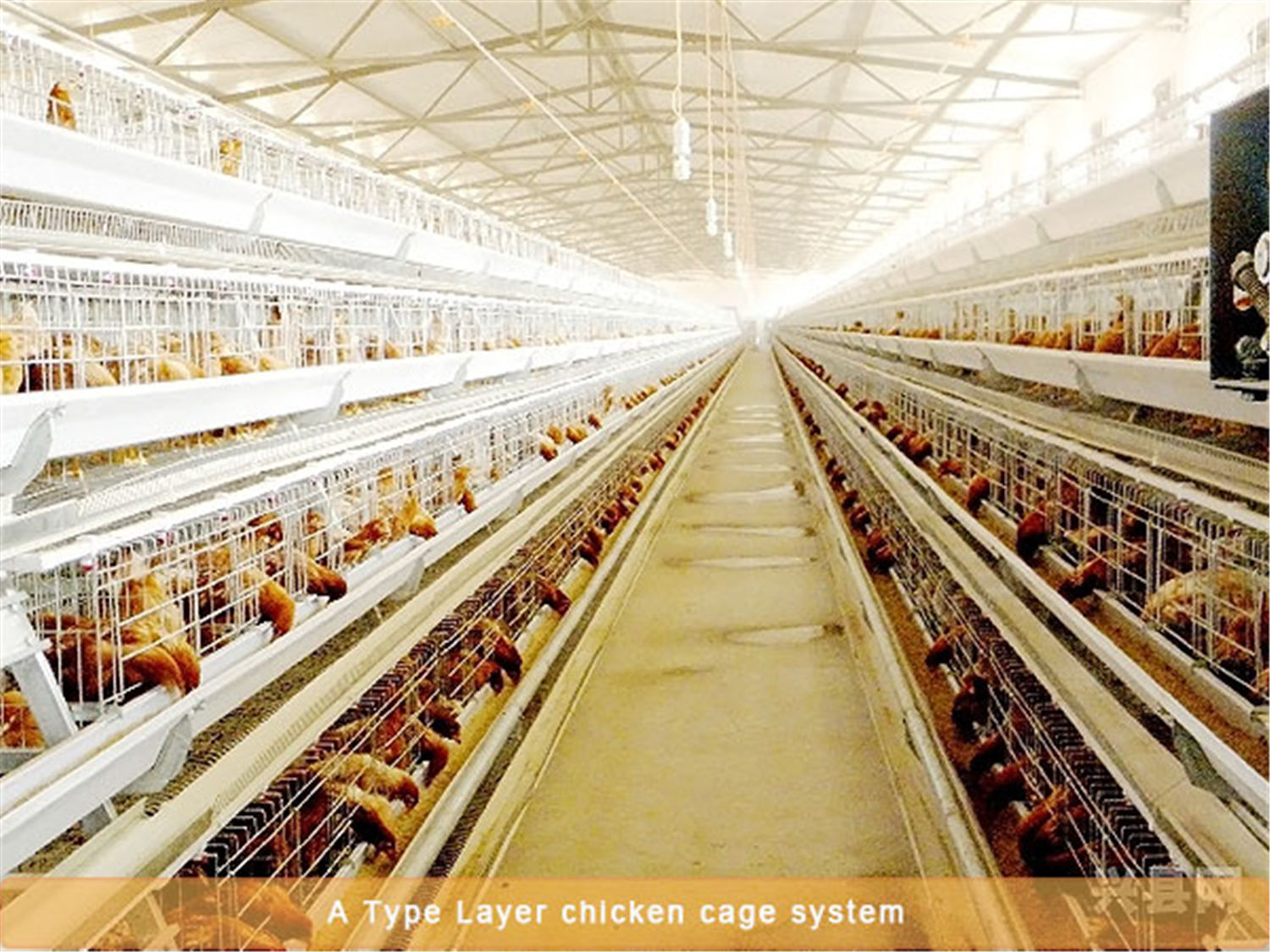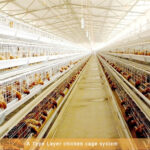Calcium supplementation techniques for raising chickens in layer cages
Calcium is a must for laying hens during the laying of laying hens. When the laying hens are deficient in calcium, the farmers should carry out timely and appropriate calcium supplementation, which can increase the egg production and improve the quality of the eggshell. Calcium supplementation is a technical job, saving money and saving things. Therefore, the author will introduce a few, when using layer chicken cages to raise chickens, the skills of calcium supplementation for laying hens are for reference by farmers.
First, the calcium should be timely in the two weeks before the chicken is opened. In order to make the eggs more productive, the calcium feed should be added two weeks before the start of production. Practice has proved that the content of calcium in the diet of laying hens is preferably 3%-3.5%. This not only prevents calcium deficiency in the chicken, but also does not use the calcium source in the bone marrow, and can ensure the calcium demand of the chicken during normal egg production.
Second, daily high-calcium feed from 12:00 to 6:00: The chicken does not need calcium for 8 hours to 10 hours after laying eggs, but only a large amount of calcium is needed when the eggshell is formed at night. The body’s ability to retain calcium in the body is limited, and excess calcium is quickly excreted, so it is best to supplement the chicken with high calcium feed at 12 to 6:00 every day. Because calcium is absorbed into the blood at this time, it can be directly used for the formation of eggshells at night, without having to use calcium in the bone marrow, which is beneficial to maintain the balance of calcium in the chicken body and make the chickens produce more eggs.

Third, the proportion of calcium and phosphorus in the feed should be appropriate: because the absorption capacity of calcium in chickens is affected by phosphorus, and the ratio of calcium to phosphorus is balanced, the calcium can be better utilized. Generally, the range of 2:1-1:1 is higher in the horizontal absorption rate. At the same time, it should be noted that vitamin D3 supplementation can promote the absorption of calcium in the small intestine, and can promote the normal calcification of bone marrow, which is conducive to improving eggshell quality and egg production rate.
4. Add appropriate amount of vitamin C in the diet: Scientific research shows that vitamin C can increase the activity of the thyroid gland and promote calcium metabolism in the body. The calcium is secreted from the bones to increase the calcium content in the blood, thereby improving the composition of the eggshell and increasing the hardness of the eggshell and the amount of egg laid. The amount of vitamin C in the diet is preferably 50 mg per kg of feed.
5. When paying the full price of feed, attention should be paid to the quality: the quality of the laying hens on the market is uneven. Some small feed factories reduce the cost and add a large amount of stone powder in the full-price feed, so that the calcium content exceeds 4%. Feeding the eggshell and the amount of egg produced will be affected, and the eggshell will be lighter in color and the egg production rate will decrease. Therefore, when purchasing full-price laying hen feed, it is better to choose high-quality full-price batch materials produced by regular large-scale manufacturers.
The above five points are matters that need to be taken care of when using a layer rearing equipment for raising chickens. It is hoped that farmers can use it flexibly when breeding chickens to achieve the best breeding benefits.











